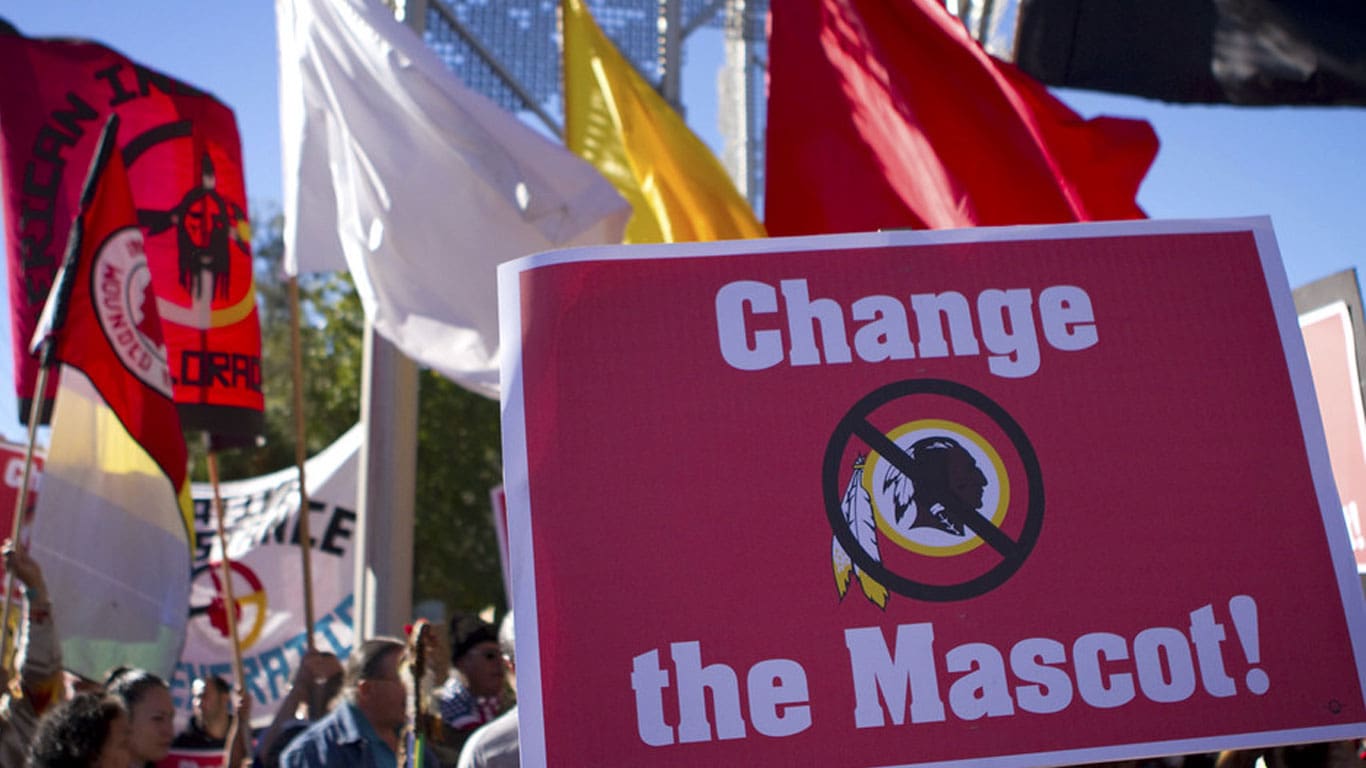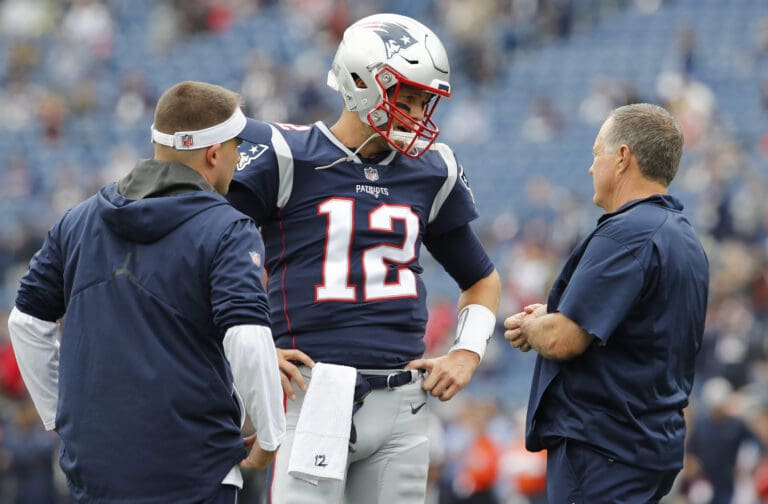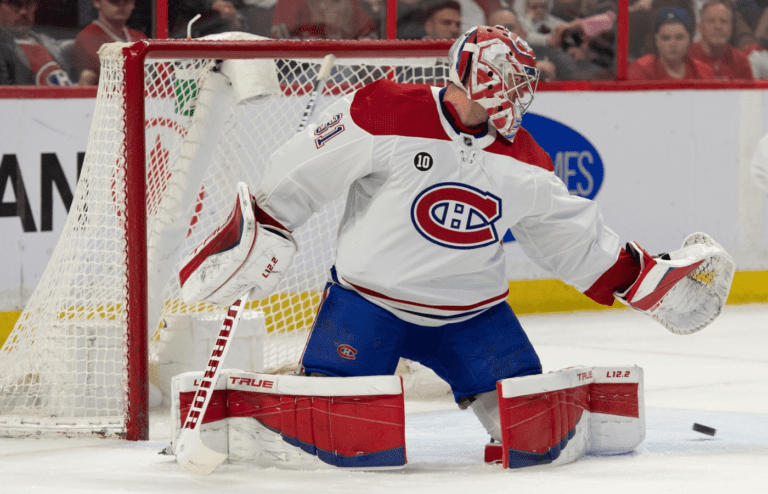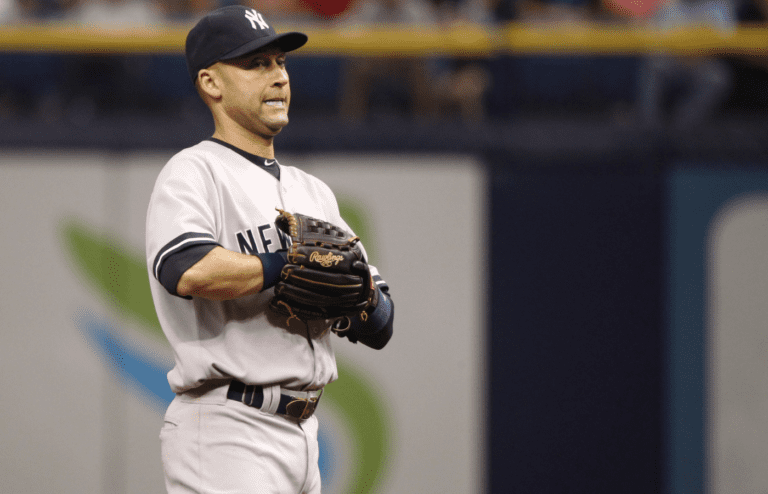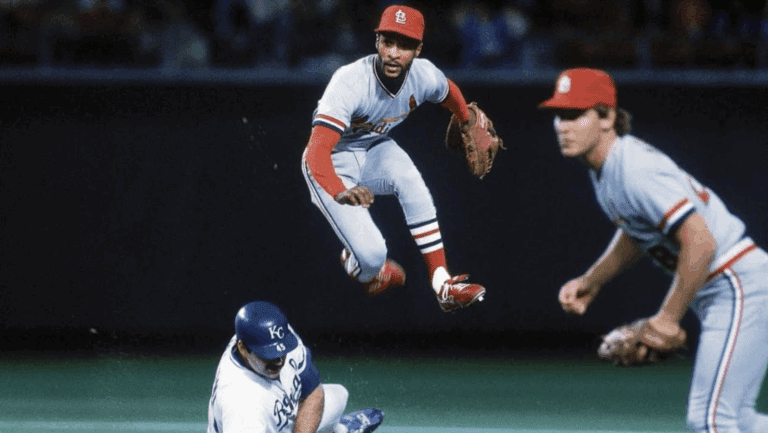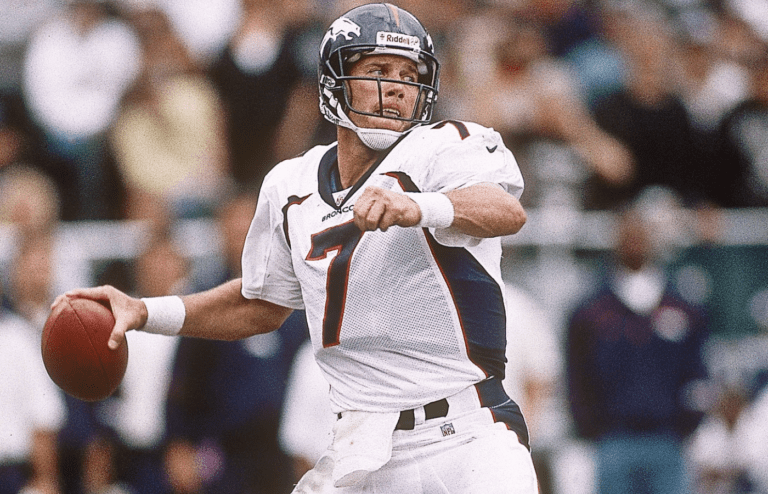The NFL is built on tradition, but as society evolves, so do the teams, mascots, and fan rituals that define the league. What once seemed unshakable has been reexamined in light of growing awareness and cultural sensitivity.
From team name changes to revamped mascots and shifting fan traditions, the league continues to adapt, balancing respect for history with the need for inclusivity. As the NFL moves forward, these transformations reflect not just the evolution of football, but the ever-changing landscape of American culture.
The Evolution of NFL Team Names and Mascots
NFL team names and mascots have undergone significant changes over the years, reflecting shifts in cultural awareness and fan preferences. Many teams have roots dating back to the early 20th century, with names chosen through fan contests or inspired by local industries. The Chicago Bears, for instance, changed from the Staleys in 1922 to capitalize on their connection to the city’s baseball team, the Cubs.
Some teams have faced controversy over Native American-inspired names and imagery, leading to recent changes. The Washington Commanders, formerly known as the Redskins, rebranded in 2022 after years of debate. Mascots have also evolved, with teams introducing costumed characters to enhance game-day experiences and appeal to younger fans. The Baltimore Ravens’ mascot, Poe, pays homage to the city’s literary heritage, while the Indianapolis Colts’ Blue represents the team’s long-standing equine theme. As the NFL continues to grow, team identities will likely keep evolving to stay relevant and inclusive.
Related: 20 NFL Fan Traditions That Will Leave You In Stitches
The Tomahawk Chop: Tradition vs. Cultural Sensitivity
The tomahawk chop, a popular fan gesture at Kansas City Chiefs games, has sparked heated debate in recent years. Fans see it as a cherished tradition that pumps up the crowd, while critics argue it’s a racist caricature of Native American culture. The Chiefs have made some changes, like banning headdresses and face paint at Arrowhead Stadium starting in 2020. They’ve also tweaked the chop itself, with cheerleaders now using a closed fist instead of an open palm.
But many Native American groups say these changes don’t go far enough. They argue the chop, along with the team’s name and imagery, perpetuates harmful stereotypes. As the conversation around cultural sensitivity in sports continues, the future of the tomahawk chop remains uncertain. The Chiefs will likely face ongoing pressure to address these concerns as they balance tradition with respect for Native American communities.
Balancing Fan Traditions with Respect for Indigenous Cultures
The NFL has taken steps to address concerns about cultural appropriation in fan traditions. Teams like the Washington Commanders and Kansas City Chiefs have made changes to promote respect for Native American cultures. The Commanders rebranded from their former name in 2022, dropping imagery considered offensive.
The Chiefs have banned headdresses and face paint at their stadium, working with local tribes to create more respectful traditions. These moves show how the league is trying to keep longtime fans happy while also being more culturally sensitive. It’s a tricky balance, but one that’s important as the NFL aims to be more inclusive. Fan engagement now involves educating supporters about these issues and creating new traditions that everyone can enjoy.
The Future of NFL Traditions: Adapting to a Changing Society
As the NFL looks to the future, it’s clear that some long-standing traditions will need to evolve to stay relevant in a changing society. The league is working hard to make the game more inclusive and appealing to a wider audience. One big change is the growing focus on player safety, which has led to new rules and equipment designed to reduce injuries.
Another shift is the increasing diversity in coaching and front office positions, with more women and people of color taking on leadership roles. The NFL is also embracing technology, using things like instant replay and advanced stats to enhance the viewing experience. As fans become more connected through social media and fantasy football, the league is finding new ways to keep them engaged both during and between games. These changes show that while the NFL values its history, it’s not afraid to adapt and grow with the times.
As the NFL continues to adapt to new societal norms, the evolution of team names, mascots, and fan traditions underscores a broader commitment to change and inclusivity. While pioneering efforts to address cultural sensitivities have been made, the journey is ongoing. The league’s willingness to evolve indicates a promising future where respect for diverse communities enhances the cherished traditions of the game, keeping the NFL relevant and inclusive for generations to come.

